Blumhouse: The Hollywood Horror Hit Machine
How Jason Blum turned "constraints breed creativity" into a business model.
Thanks for subscribing to SatPost.
Today, we are talking about the film and TV studio Blumhouse Productions (which pioneered a unique Hollywood business model and gave us movies such as Paranormal Activity, The Purge, Whiplash and Get Out).
Also this week:
Jack Dorsey and Jay-Z
Meet the world’s top ghostwriter
And some wild memes (including Starbucks)
Green Eggs and Ham is one of the best-selling children’s books of all time.
It is also the embodiment of the aphorism that “constraints breed creativity”.
As the story goes, Theodor Seuss Geisel — aka Dr. Seuss (who was def not a doctor) — wrote The Cat in the Hat in 1957. The book had 236 different words. Enter Bennet Cerf, Geisel’s publisher and co-founder of Random House. Cerf challenged Geisel to write a children’s book with only 50 different words, and they bet $50 on the outcome.
In 1960, Geisel delivered his orange-covered classic with exactly 50 different words. He won the bet and the book has sold ~10 million copies over its lifetime (personally, I prefer Hop on Pop).
Can constraints be applied to an entire business model to yield creative results?
The answer is “yes” and one of the best examples is Blumhouse Productions, the TV and film studio founded by Jason Blum in the early 2000s (note: Blumhouse signed a 10-year “first look deal” with Universal Pictures in 2014, giving the studio the first opportunity to finance and distribute Blumhouse projects).
Here is a sampling of Blumhouse’s most profitable films (take a look at that bonkers return column):
I have a confession before we dig into the numbers. The only films I’ve seen on this list are Whiplash and BlacKkKlansman. Why? Because they are dramas while the rest are horror films, which I refuse to watch. I’m that dude that reads Wikipedia summaries for scary flicks (pathetic, I know).
Either way, I can appreciate an outrageous investment track record and Blumhouse films regularly post double-digit returns on the production budget. The biggest home run was Paranormal Activity, likely the most profitable film ever on a return basis. Made on an original budget of $15,000 — which jumped to $18m+ when re-shoots and marketing were included — the film grossed $193m worldwide.
The story of Blumhouse Productions actually traces back to another low-budget horror film that crushed at the box office: The Blair Witch Project. Released in 1999, the “found footage” horror was filmed with an original budget of $60,000 and grossed $249m.
At the time, Blum was working under (the now very disgraced) Harvey Weinstein at Miramax, which produced major commercial and critical hits in the 1990s including Pulp Fiction, Scream, Good Will Hunting, The English Patient and Shakespeare in Love. The latter two won Best Picture in 1997 and 1999, respectively.
Miramax didn’t make The Blair Witch Project, though; it passed on the project multiple times. In a 2015 interview with Nightmare Magazine, Blum explained how missing on The Blair Witch Project changed the trajectory of his career:
When I was working for Miramax, before [the Sundance Festival], a videotape of The Blair Witch Project went to a lot of the buyers. I passed; a bunch of people passed. The worst crime was that once it screened at the festival, we still all passed and when it was bought at Sundance it was one of the smaller deals of the festival; the big deal was one I was involved in called Happy Texas, which did not do well after we bought it. And then for six to nine months, from when Sundance ended to when the movie opened, I watched the movie marching towards success and was reminded by my bosses what a dope I was. What was formative about the experience is that people who were older than I was and who knew more than I did also passed on this movie.
In 2000, Blum left Miramax and formed Blum Israel Productions with another producer, Amy Israel. Two years later, Israel left and Blum launched Blumhouse Productions.
Blum had always had an entrepreneurial streak — having worked in sales for cable TV and real estate — so it wasn’t surprising that he set out to run his own shop. When Blum saw Paranormal Activity for the first time in 2007, he rectified the mistake he had made with The Blair Witch Project:
When I first saw Paranormal Activity, I had gotten it in the context that it was going straight to DVD and that it wasn’t going to be distributed; then I watched it with an audience to check myself and saw how the audience responded and said, to the filmmaker, “I think there is an audience for this movie and I think it could work in a movie theater.” And even though everyone said “no,” everyone said no to Blair Witch and look what happened to that. That gave me the strength and conviction to hang on when everyone kept saying I was a dope.
The film’s remarkable success showed Blum the path forward: make a lot of low-budget horror films and hope a few break out. For this model, the goal is to produce 10 or more films a year with a budget in the $5m-range (cheap by Hollywood standards). Compare that to a major film studio, which puts $200m behind a few blockbusters every year.
Blum’s approach is similar to that of an angel investor who is trying to find the next startup unicorn. Instead of giving a single $500,000 check to one company, he cuts $10,000 checks and hands them out to dozens of intriguing founders.
But why horror? It is the best genre for fictional low-budget films. You don’t need special effects, because gritty and raw is actually scarier. You don’t need superstar talent, because an A-list actor can actually detract from the scariness (if you’re watching Tom Cruise, you’re thinking “wow, that’s Tom Cruise” and not “dude, get out of the house!”).
With a $200 million superhero or summer action film, you need to have CGI and A-list stars as table stakes.
Furthermore, horror films travel internationally much better than low-budget alternatives like drama or comedy. Anyone can pee themselves watching Paranormal Activity — again, this is why I read Wikipedia summaries — while the latter two genres are more dependent on local cultural knowledge (as much as I love The Big Lebowski, the subtle jokes do not land in Southeast Asia).
In a 2017 NPR interview, Blum explained how budget constraints influence specific filmmaking decisions. He called it the “three rules” of cheap films:
Fewer speaking parts: “Extras are a union. And extras are paid - I think they're paid $80 or $90 - $100 a day. Now, the funny thing is if an extra speaks, you have to pay an additional $400. So you'll notice [in our movies] when the waiter doesn't say anything or this post office clerk doesn't say anything…there's a reason. Because as soon as they do say something, you got to give them a check for 500 bucks. So you don't want extras to talk because it really costs you.”
Not too many locations: “The most economical way to shoot a movie location-wise it to have it take place all inside a house. And you will notice a lot of our movies, in fact, do. But I would also say that [a house is] where you're most vulnerable [because you're not expecting it].”
PS. Films that fit this bill include Insidious, Ma, Get Out, Invisible Man, Unfriended and Paranormal Activity (yes, I have read the Wikipedia summaries for all of these films)Pay as little salary as possible (but offer a lot of upside): “So what we do is we have box-office bonuses. If you have made a million dollars on a movie in the last two years upfront, I say to you - if the movie makes X amount of money, we're going to get you to your million dollars. If it makes beyond that, we'll get you more than a million dollars.”
Even though there are financial constraints, Blumhouse still puts the story first. The studio does not select a budget and then choose a story. Rather, it searches for well-crafted stories that can be produced under its model.
Ultimately, the constraints unlock creativity in two major ways. First, Blumhouse can take chances on many more scripts and directors (a $5m flop won’t hurt as much as a $200m flop). Second, Blumhouse offers its directors final cut in exchange for staying under budget and having compensation weighted towards a box-office bonus (which means a lower guaranteed salary).
Final cut is hugely important for creativity. In major Hollywood productions, the studios and producers often have the final say, leading to middle-of-the-way or cookie cutter compromises. This is the reason why the HBO show Entourage has so many people complaining about “bean counters” and “suits”.
“Jason gives us final cut, which is unheard of,” says Veena Sud, a showrunner for a Blumhouse TV show The Lie. “It means he trusts the artist 100%. And when you trust us, you teach us to not work in fear.”
One case study from the NPR episode is the film The Boy Next Door, a thriller starring Jennifer Lopez which mostly takes place in a house. Its director — Rob Cohen — had previously worked on big budget films like The Fast and The Furious and talked about the challenge of working with much less money (in this case: $4m):
“You're going to have to be clever. And that cleverness stretches you and makes you think outside the box because the money panacea isn't in your arsenal anymore. You have to fix the problems another way.”
Another decision that helps with creativity is that Blumhouse doesn’t guarantee a theatrical release. It promises that the film will find an audience, but that may just be through streaming. Theatrical releases cost more — especially in terms of marketing— and the additional financial pressure can unduly influence the creative process.
The spectre of a large check also hampers film creativity because the financier has every right to influence the process. On The Town podcast, Blum tells Matt Belloni that it is “morally objectionable” not to listen to someone who has given you $100m. Directors in this situation — without final cut — have to make compromises and integrate dreaded studio notes.
More money equals less control, which leads to less creative risks.
Last week, I wrote about how Rick Rubin and Steve Jobs both shared similar thoughts on the creative process. One common theme was the importance of being stubborn in one’s taste and seeing it through to the final product. By setting clear financial constraints and offering big upside, Blumhouse gives its directors an opportunity to actually see their tastes through.
Not every Blumhouse film is a critical and/or box office hit, but the model maximizes the odds of achieving that outcome. This is how you get films such as Get Out (Jordan Peele), BlacKkKlansmen (Spike Lee) and Whiplash (Damien Chazelle). These three were passed up by traditional Big Studios, yet — under Blumhouse — they went on to win Academy Awards while also making very healthy returns.
In 2022, Blum wrote an op-ed for the New York Times on why the major streaming platforms — which will spend a combined ~$50B on content in 2022 and 2023 — should adjust their business models:
The Blumhouse model is just an exaggerated and more clear-cut version of the classic system of sharing in success — the same deal that the publishing industry offers with royalties and that traditional Hollywood studios always have used and still do. When the financial incentives of the people paying for the movies and TV shows are aligned with those of the creators, the overall system is much more cost-effective — and often the movies and TV shows are better.
So what does this have to do with Netflix and streaming? The streaming platforms have, until very recently, balked at any kind of visibility into the success of movies and TV on their platforms (though that could change at Netflix if it adds an advertising-supported tier). This is understandable: Having spent hundreds of millions of dollars building their algorithms and distribution platforms and billions more licensing Hollywood’s movies and TV shows to draw subscribers, they absolutely have the right to protect that proprietary information.But the system leaves creators with precious little visibility into whether their works succeed in drawing viewers. By typically paying an upfront flat fee, Netflix buys out the usual success-based incentive compensation (known as the back end in Hollywood). This effectively treats every creator as a part of a hit movie or TV show before the camera ever rolls. An actor who might typically make a million dollars upfront with a healthy back end if the film does well will instead get $3 million upfront and no back end participation. This system makes the business of movie and TV show producing very expensive.
The advice looks particularly relevant now with the ongoing Hollywood writers’ strike, which is happening partly because streaming services are squeezing writers to make up for irresponsible spending.
Budget discipline can set the table for creativity in any industry.
“A risk-taking creative environment on the product side [requires] a fiscally conservative environment [on the business side],” Steve Jobs said in the early 2000s. “Creative people are willing to take a leap in the air, but they need to know that the ground’s going to be there when they get back.”
The Blumhouse model reduces financial risk…which allows it to take more shots…which lets directors express their taste…which creates unique films…which increases the odds of finding another hit.
If Hollywood goes austere, expect more Blumhouse-type operations and different creative content. Also expect me to keep “watching” horror films by only reading the Wikipedia summaries. Well, there is one exception: I would watch a scary adaptation of Green Eggs and Ham.
Today’s SatPost is brought to you by Bearly.AI
Why are you seeing this ad?
Because I co-founded an AI-powered research app called Bearly AI. And I really like putting blue buttons in this email. If you press this blue button below, you can try AI-powered tools for reading (instant summaries), writing (ChatGPT) and text-to-image art (literally type some text and get a wild image).
Links and Memes
Jack Dorsey & Jay-Z cut a bad deal: Remember when payments firm Block (formerly Square) bought Jay-Z’s streaming service Tidal for $306m. Turns out Block founder Jack Dorsey was the only one on the board or management who wanted the deal. Amazingly, Dorsey negotiated the deal by himself while vacationing with Jay-Z’s family in The Hamptons and then Hawaii.
Investors sued Block saying the acquisition made no sense and that there was a conflict of interest. But the Delaware court ruled in favour of Block. Bloomberg’s Matt Levine has a great explainer — titled “Companies Are Allowed to Make Bad Mergers” — which highlights this passage from the Delaware courts (bold mine):
Under Delaware law, however, a board comprised of a majority of disinterested and independent directors is free to make a terrible business decision without any meaningful threat of liability, so long as the directors approve the action in good faith.
Tidal’s business was faltering and didn’t have long-term deals in place for song rights. Jay-Z also personally loaned it $50m to keep afloat. And there was no clear synergies with Block (the stock fell 7% on news of the deal). The funniest chirp was that Dorsey spent $306m on a bar tab to hang with Jay-Z (honestly, I’d probably do the same if I could).
But the board did greenlight the deal and proving “bad faith” in Delaware courts is a tall task. Further, the transaction was relatively small — only ~0.3% of Block’s $100B at the time — which kind of let the board off the hook from needing to conduct greater due diligence.
Meet the world’s best ghostwriter. J.R. Moehringer is the man behind three of the most successful biographies in recent memory: Andre Agassi’s “Open”, Phil Knight’s “Shoe Dog” and Prince Harry’s “Spare”.
He was reportedly paid $1m for “Spare” and someone very knowledgeable of the industry told me that Harry was lucky to have Moehringer (and not the other way around). The New Yorker has a lengthy profile on Moehringer with lots of nuggets:
The process: Moehringer Zoomed with Harry for dozens of hours and wrote thousands of pages of notes. They met in person a few times and constantly exchanged texts on books ideas (Harry really wanted to address the perception that he isn’t intelligent).
Why not anonymous? Moehringer’s contract with Harry has a clause where he can stay anonymous but gossip rags outed the ghostwriter before the book was published .
Job of a ghostwriter? Moehringer calls himself a “professional listener” but also says that one of the main ghostwriting jobs is to have a “big mouth” so you can push the subject of the biography (and not just be a stenographer).
Stumbled into it: His first ghost job was for Andre Agassi, who contacted him after reading Moehringer’s memoir. A few years later, Phil Knight asked Agassi for advice on a memoir and he linked him with Moehringer.
He turns down a lot of jobs…but did take on two other ghostwriting gigs for prominent billionaires (unfortunately, both spiked their books after Moehringer had written hundreds of thousands of words).
Some other baller links:
AI is coming to Google products. Check out The Verge’s 16-minute wrap of the Google I/O event announcing new AI features, which will roll out through the rest of the year. It definitely feels like an Empire Strikes Back moment. When you have as much distribution as Google does — nine products with at least 1B users (Search, Android, Chrome, Gmail, Drive, Maps, Play Store, YouTube, Google Photos) — it is possible to catch up quickly.
How will Google search change? Big Technology breaks down the pros and cons of Google integrating generative AI into search results. Rather than a chat box, Google will return detailed results with suggestions and links back to primary sources.
The new Twitter CEO is Linda Yaccarino, the former ad chief for NBCUniversal. Per Elon, she will “focus primarily on business operations” while he focuses “on product design & new technology”. Yaccarino launched the Peacock streaming service and was responsible for $10B+ of ad sales a year (her ad experience is much needed to reboot Twitter’s ad business, down 40%+ since Elon’s takeover).
On a related note: my Twitter strategy of “smart threads, dumb memes” was the topic in this week’s Creator Economy newsletter.
Elite podcasts are struggling while the masses — aka podcasting middle-class — are thriving, per Semafor.
What if Wes Anderson made Lord of the Rings? Here is an AI-generated trailer.
Ikea with a great ad campaign called “Proudly Second Best” (it took me 10-seconds to figure out the hook and the ah-hah moment was very cool).
…and here some fire memes:
The New York Times wrote a very weird piece on Theranos founder Elizabeth Holmes (she will soon start a 10+ year prison term for defrauding investors in her doomed blood-testing startup). The article — titled “Liz Holmes Wants You to Forget About Elizabeth” — focuses on her motherhood and offers a redemption arc. Of course people should have a second chance, but she hasn’t even started her sentence yet.
A “deep” read of the article shows Holmes to be manipulative but the problem is that 99.9% of people aren’t doing a deep read. Rather, they are seeing this headline and thinking “WTF is the NYT thinking?”.
The NYT has been writing fairly puffy pieces on white-collar criminals (the last one was SBF)…which makes this next tweet very funny:



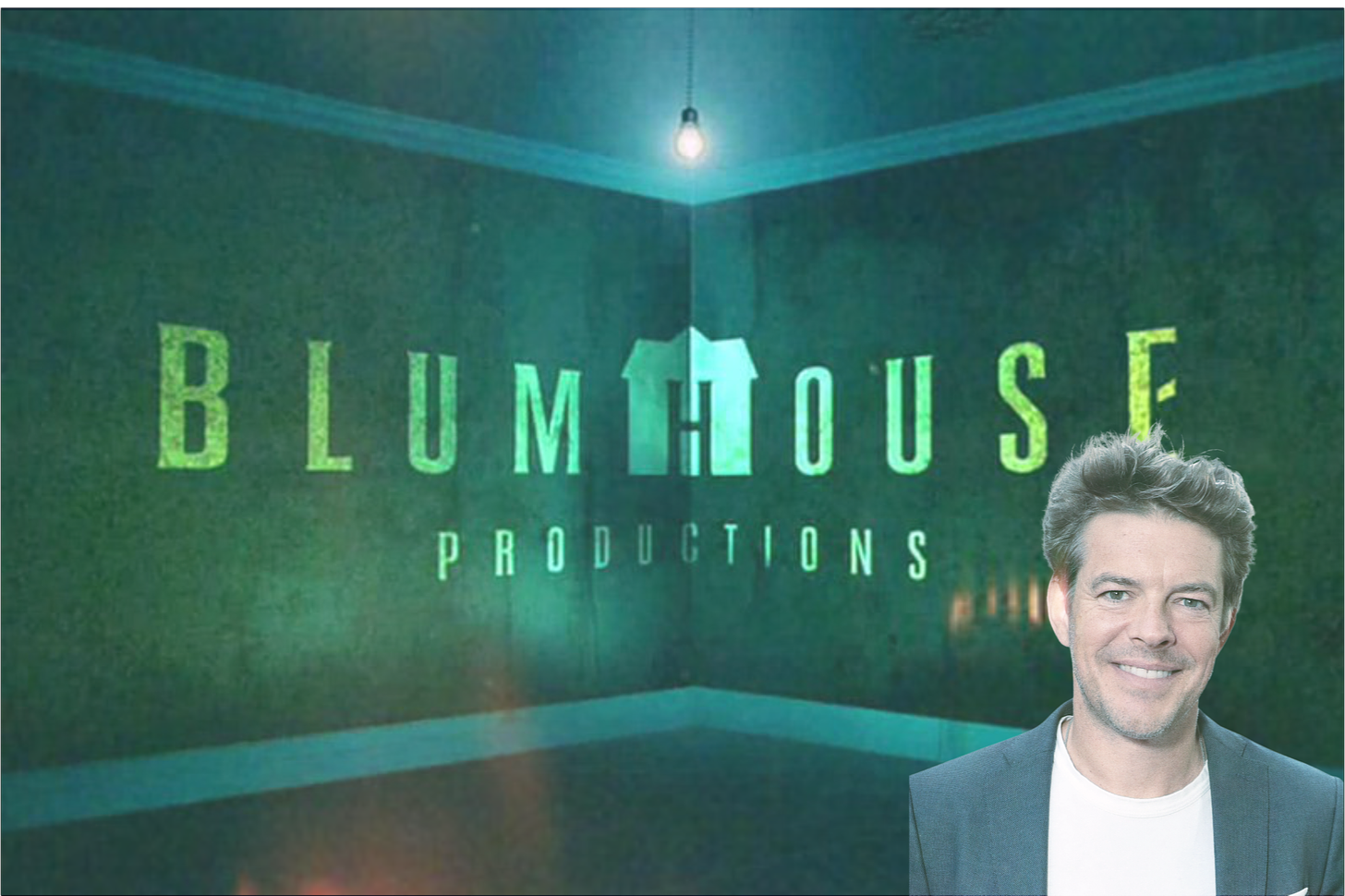
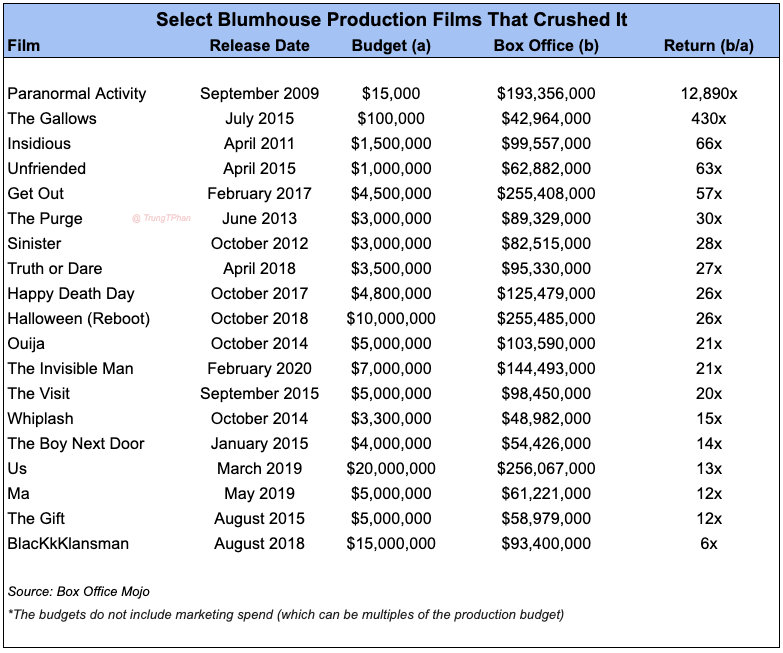


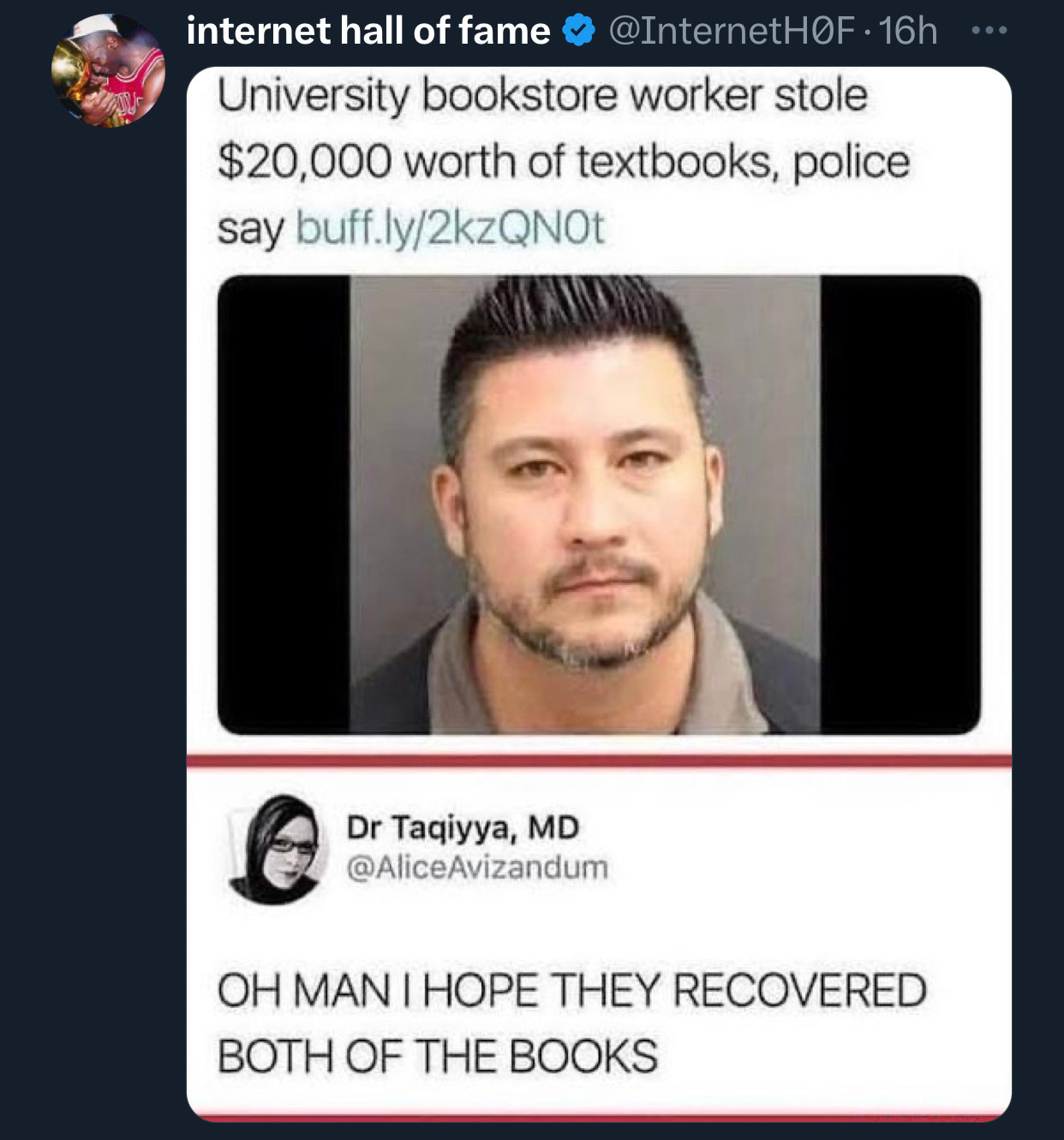
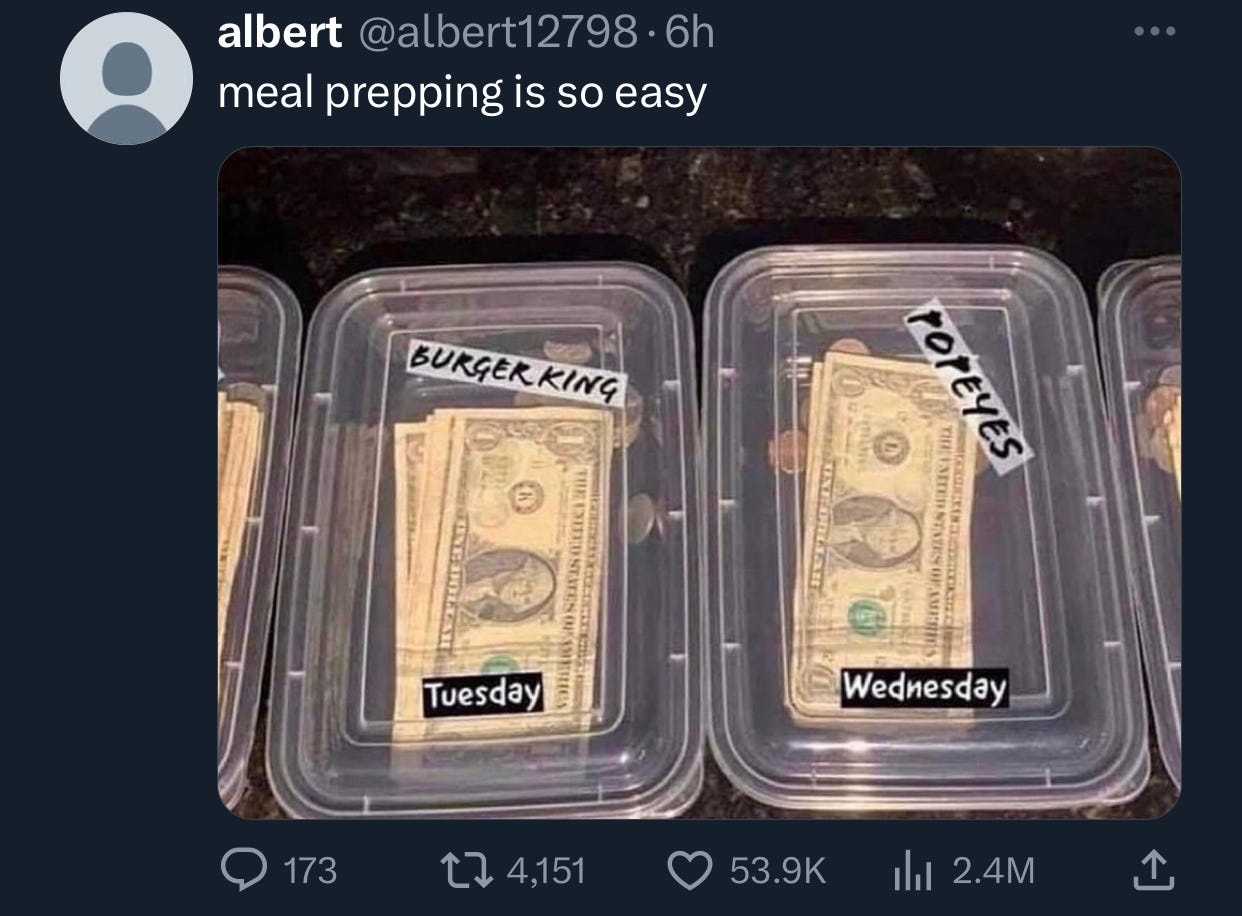
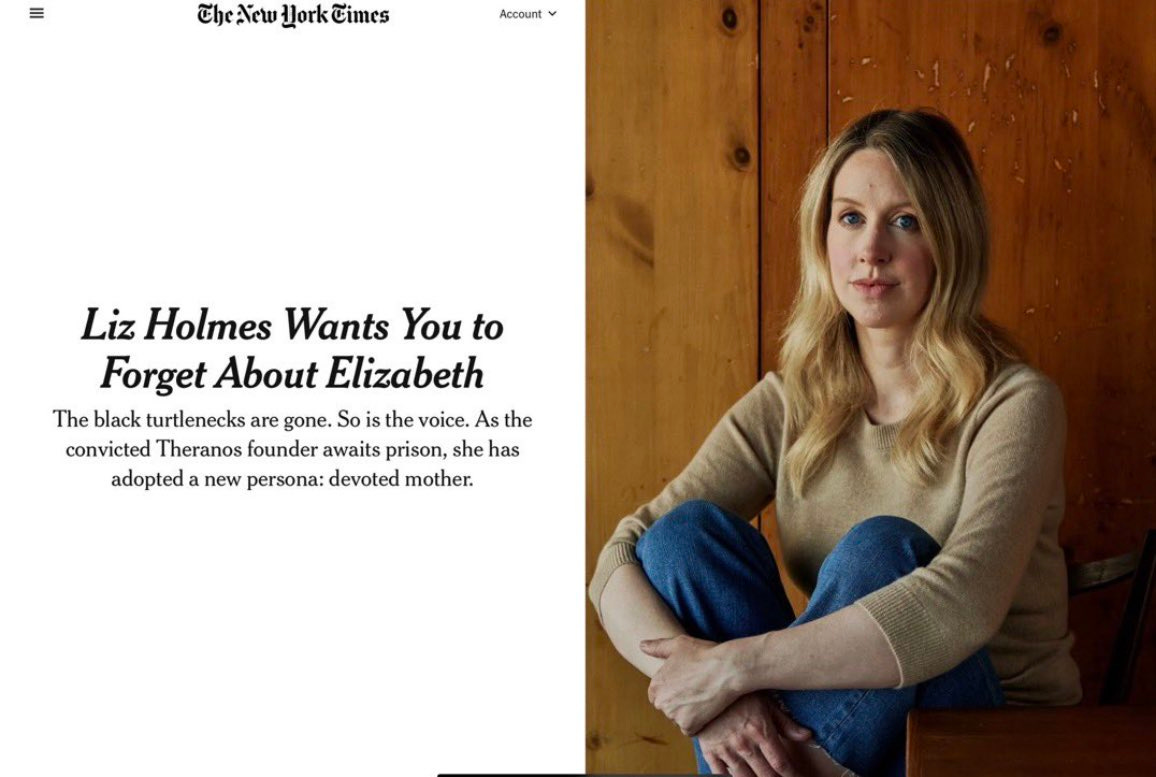
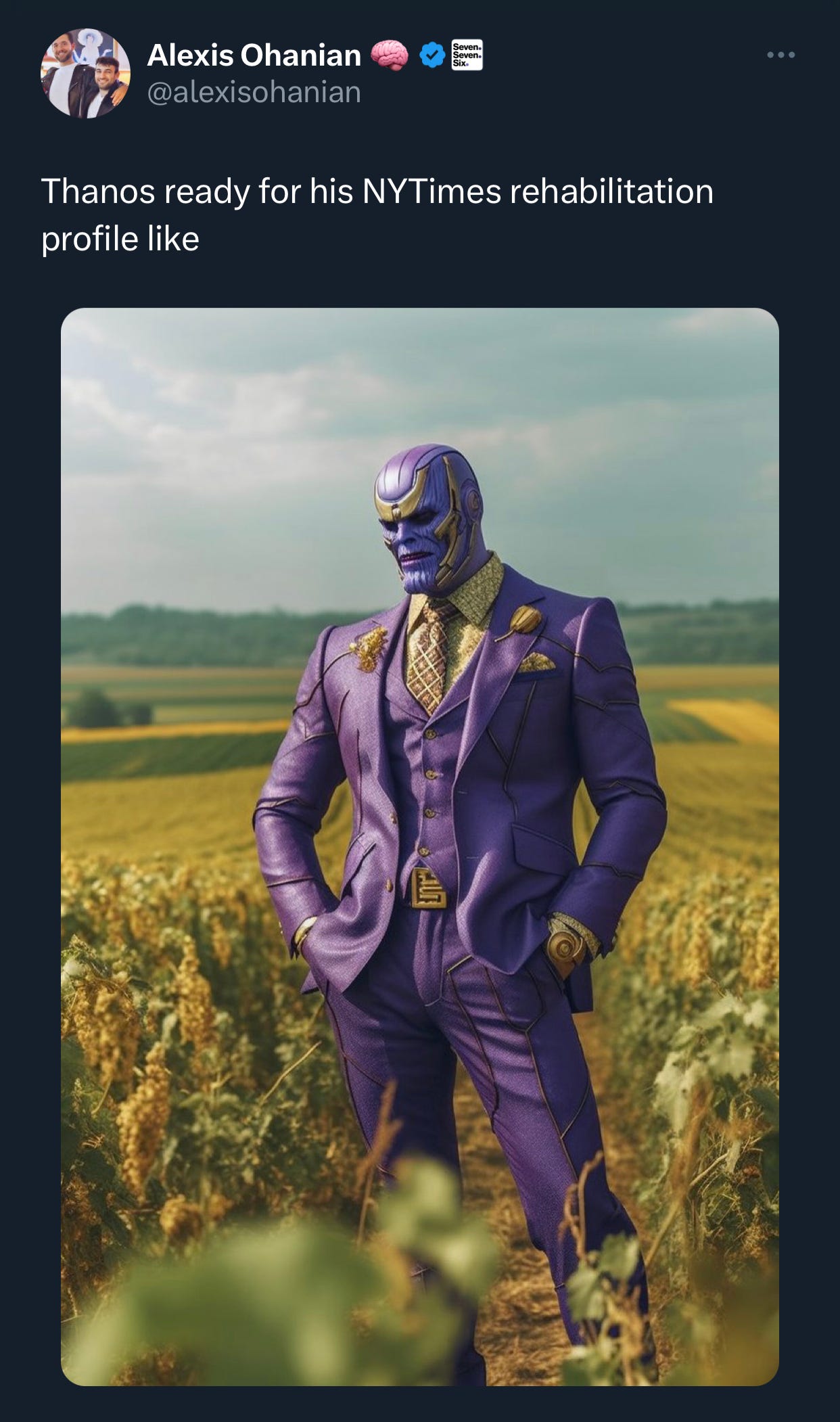
This is one of your best man👏
Creative workshops based on methods like design thinking also rely on the principle of "constraints foster creativity" - although with time as the constraint. Which is really just another flavor of a budgetary constraint. Although good ideas don't make an appointment to show up, having a hard deadline does help you be more mindful of rabbit holes.